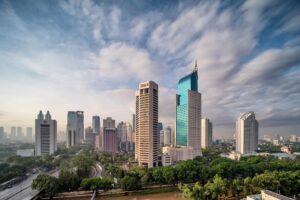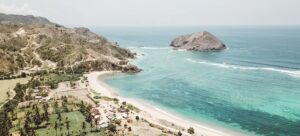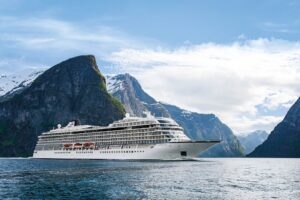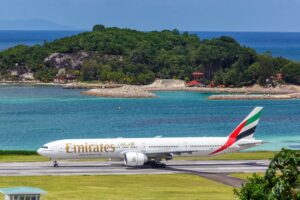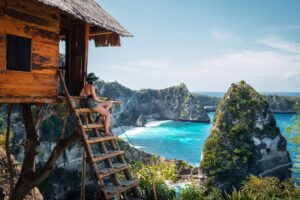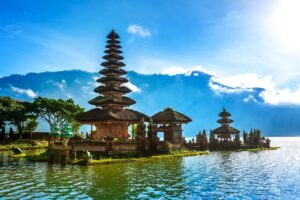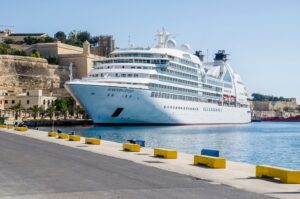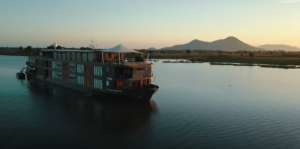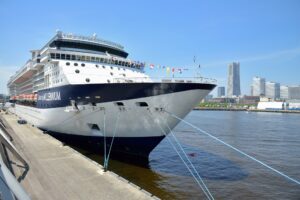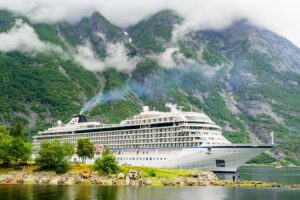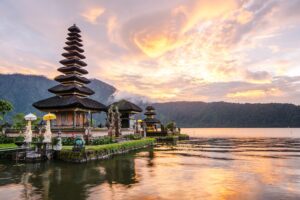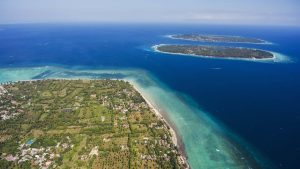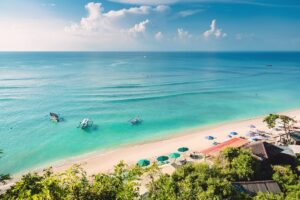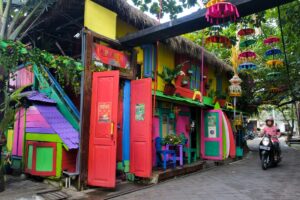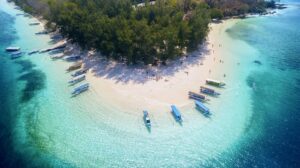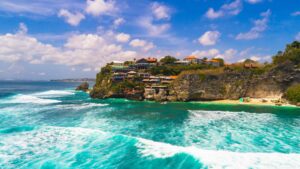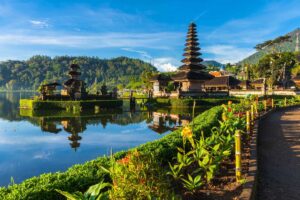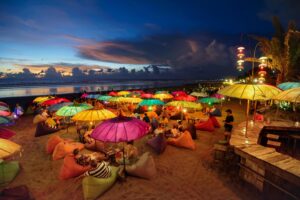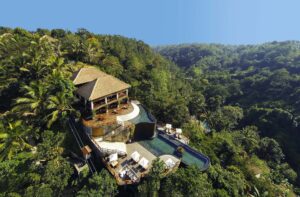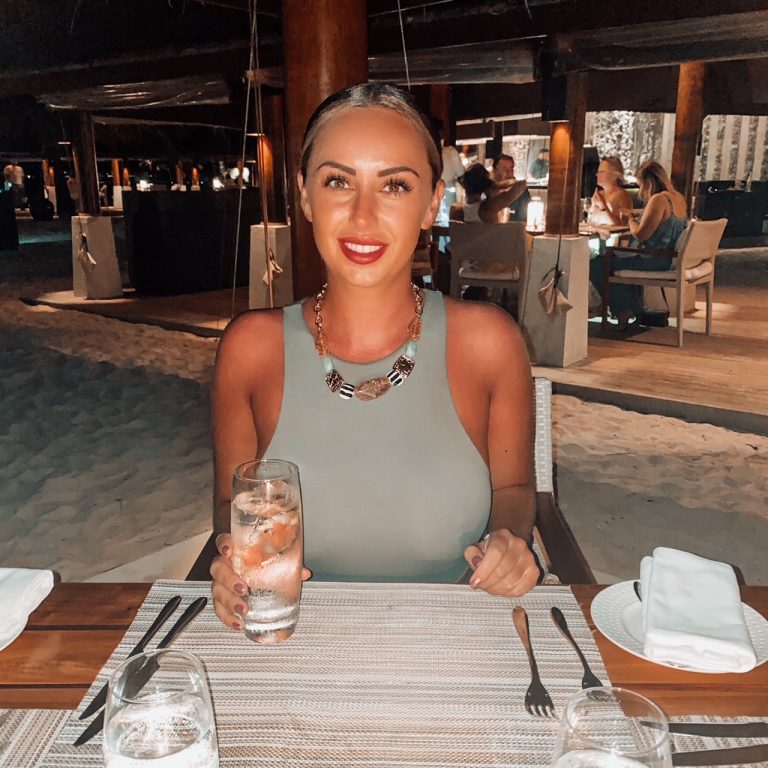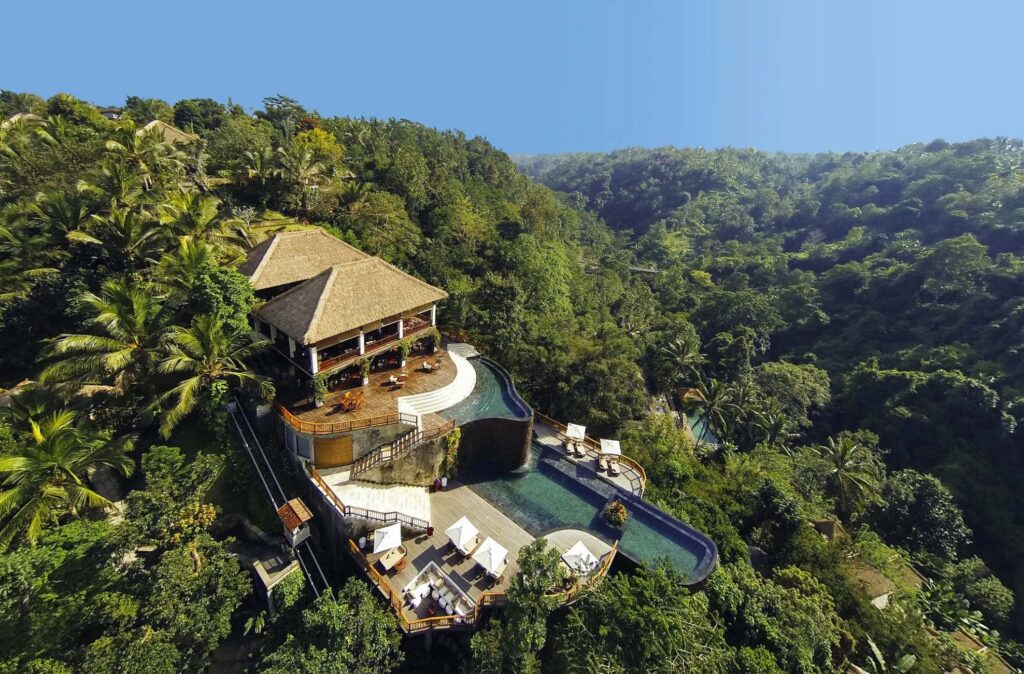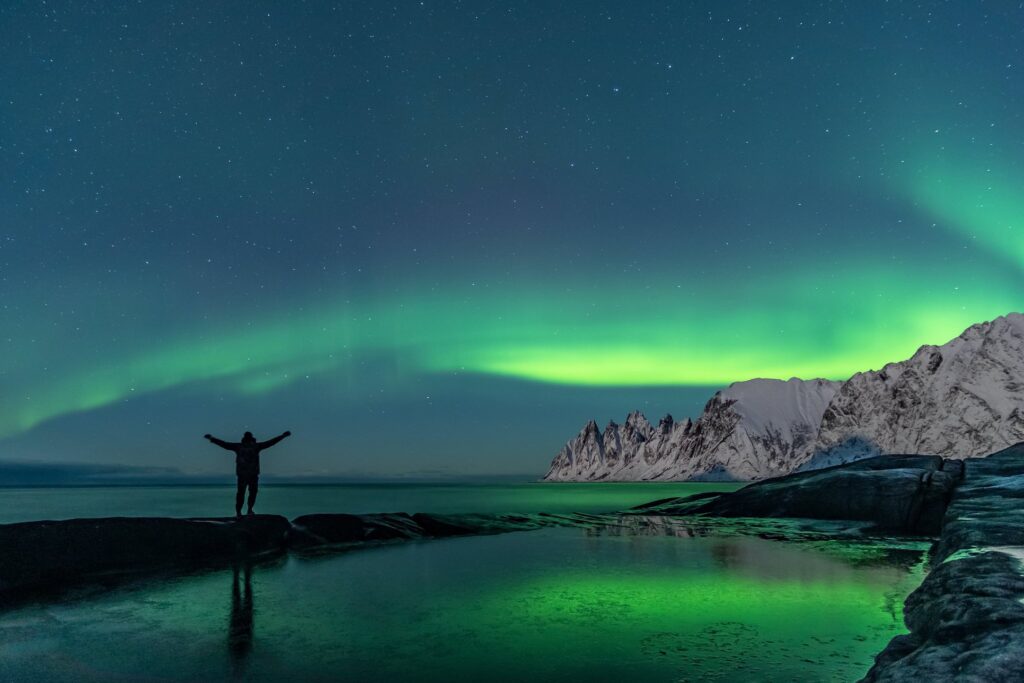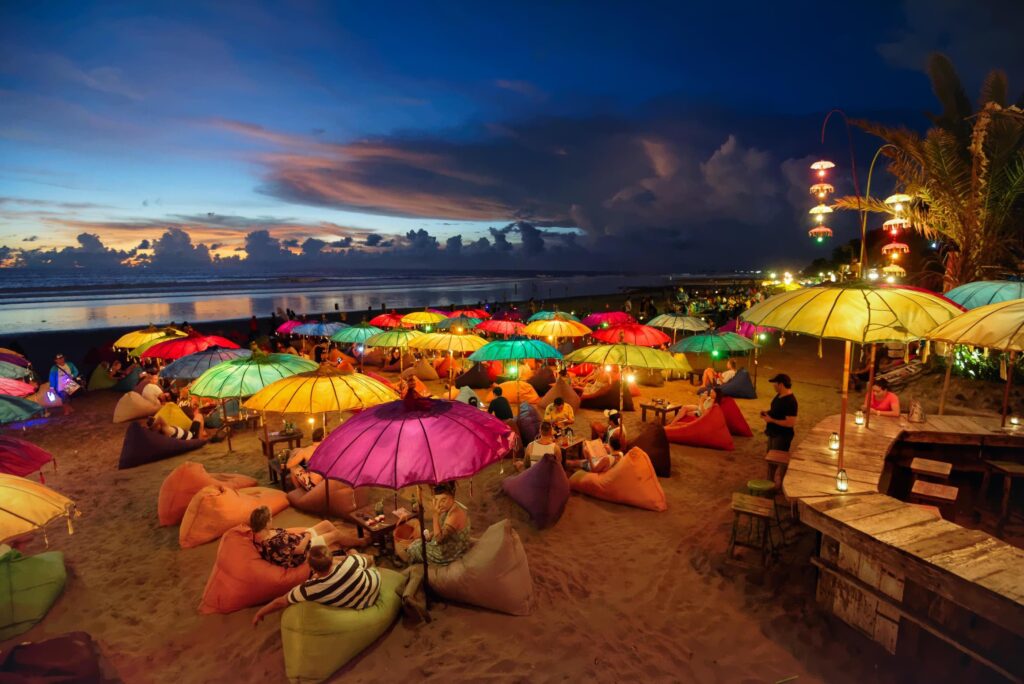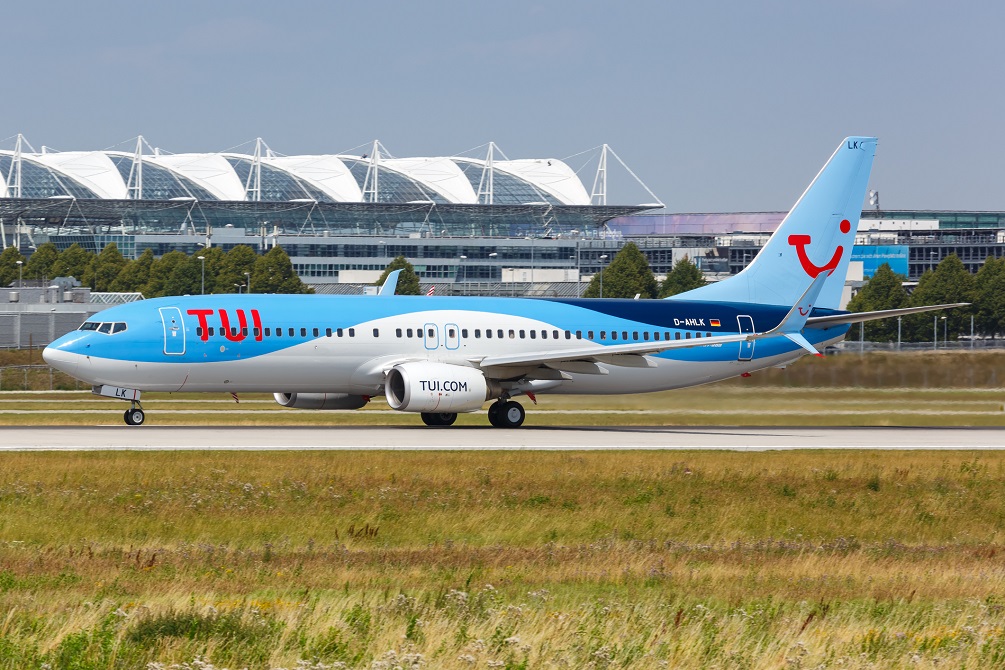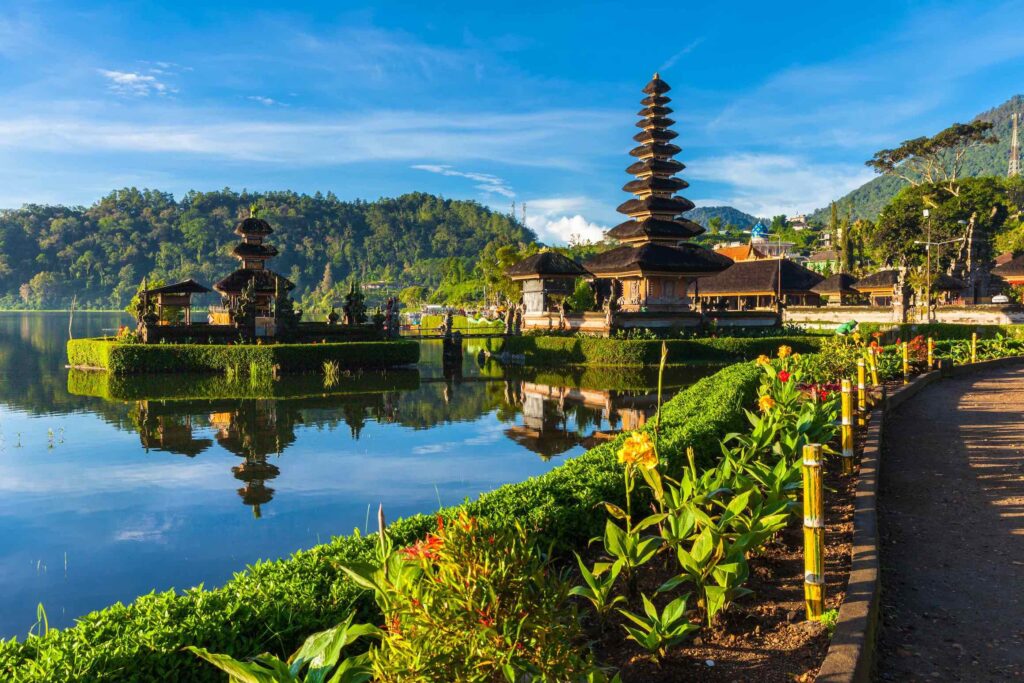Indonesia
From stunning islands and dense jungles to friendly natives and fascinating dragons, the island nation of Indonesia is not short of appeal.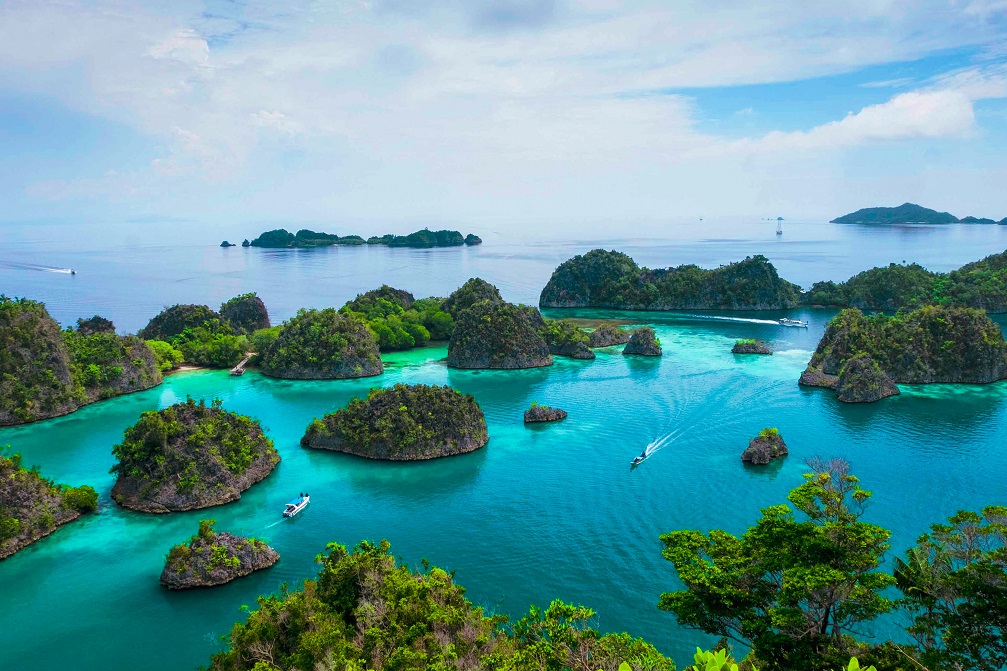
The idyllic island of Bali and the bustling capital city, Jakarta, are renowned amongst travelers and are some of the first destinations you may hear about. Still, there is more to the island nation.
Not only is Indonesia the largest country in Southeast Asia, but it also contains thousands of islands.
There are smaller cities and villages where it can almost feel like time stands still; pristine white sand beaches and turquoise seas fringing the outskirts of the islands like Lombok and Flores that are ideal for lounging on the beach; and several (if not countless) possibilities to learn about the countries diverse culture and history.
The multiethnic and multicultural locals of Indonesia are a highlight of the country too. A little friendliness towards them goes a long way.
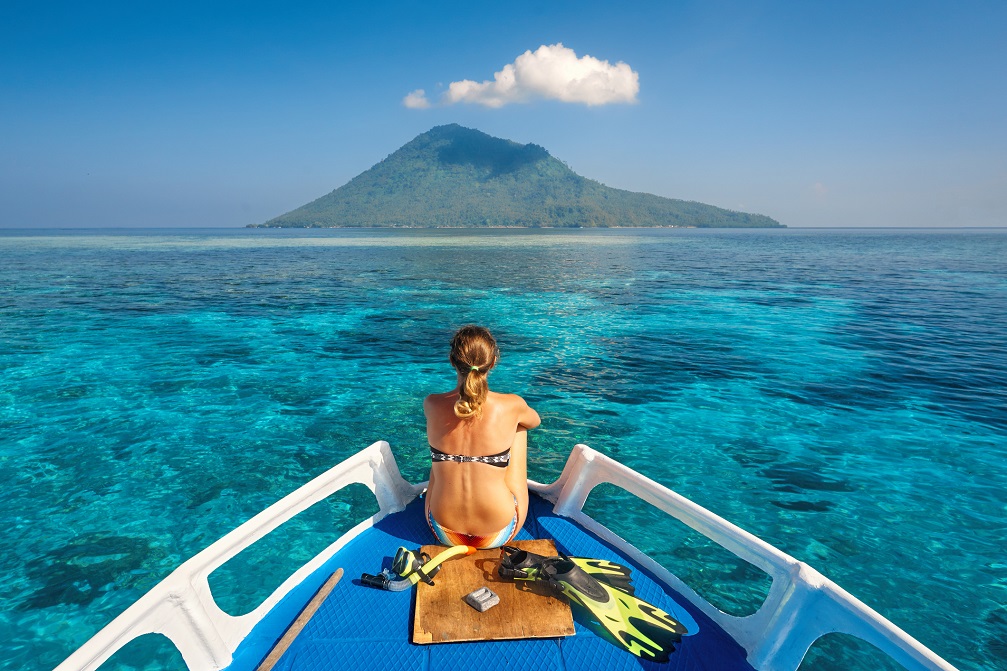


Indonesia is situated beyond the shoreline of mainland Southeast Asia. It’s the bridge between the Asian and Australian continents and stands at the crossroad of the Indian and Pacific Oceans. It’s neighboured by Malaysia north of Borneo and Papua New Guinea in the center of New Guinea.
Indonesia is the largest archipelago in the world, made up of 17 thousand islands, of which over seven thousand are unpopulated. The landscapes of the different islands bear slight contrasts. Below ground, they are characterized by deep-sea trenches and volcanic mountain chains.
The Greater Sunda Islands, which consists of Java, Southern Borneo, Sumatra, and Celebes (Sulawesi), features hilly plains, mountains covered in forestry, and narrow coastlines. A belt of volcanoes runs through the center of Java. About 50 cones are active, and around 20 volcanoes have erupted since the beginning of the twentieth century.
Jakarta, the capital city of Indonesia, is located in the north-western area of Java.
The Lesser Sunda Islands (Nusa Tenggara) of Bali and the islands east of Timor are smaller and less populated than the Greater Sunda Islands. They feature some active volcanoes, mountainous landscapes, impressive beaches, and sublime rice fields. Deep-sea trenches dominated by several coral reefs form a boundary in the west and south of these islands.
Indonesia doesn’t have large rivers like mainland Southeast Asia. Instead, there are short rivers that flow from the mountains to the sea and a few lakes. The most renowned lake is Toba in the northern regions of Sumatra. Celebes has some deep, widespread lakes as well.
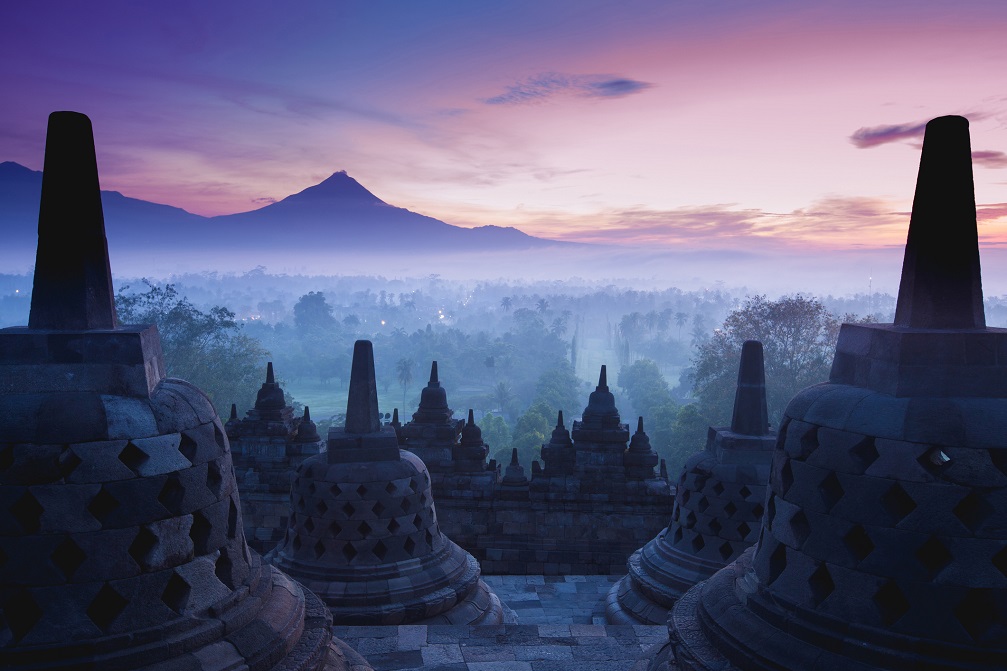


Indonesia has a tropical climate resulting from the surrounding warm waters, islands’ geographical structures, and position beside the equator and between the Asian and Australian landmass.
Inland and mountain areas experience temperatures averaging 26°C (79°F), coastal temperatures average 28°C (82°F), and the highlands have average temperatures of 23°C (73°F).
Generally, the greater the elevation, the colder it is.
There are low daylight hour and temperature variations from season to season. Humidity on the islands can be anywhere from 70 per cent to 90 per cent, depending on the region.
Two seasons dominate in Indonesia: dry and wet. These seasons vary significantly in duration, occurrence and scale per region.
Sumatra and Kalimantan have no dry season. Central Java and the Lesser Sunda Islands have more pronounced dry seasons. The most accurate dry season is from June to October, but this can vary with changing climate conditions in the island nation.
Rainfall can be sporadic during the wet season. It’s affected by the neighbouring Asian and Australian continent. Also, it varies by the proximity of a region to the equator. South of the equator, the rainy season is from November to April, while north of the equator, from May to October. In Sumatra and Kalimantan, the perpetual rainfall eases during July and August.
Visiting Indonesia during the dry season is ideal since there is little chance of rain. Outdoor activities like scuba diving and hiking are more pleasant. If you want to get a good deal on accommodation and flights, visiting during the wet season is prime. There will be fewer crowds at tourist attractions during this time as well.
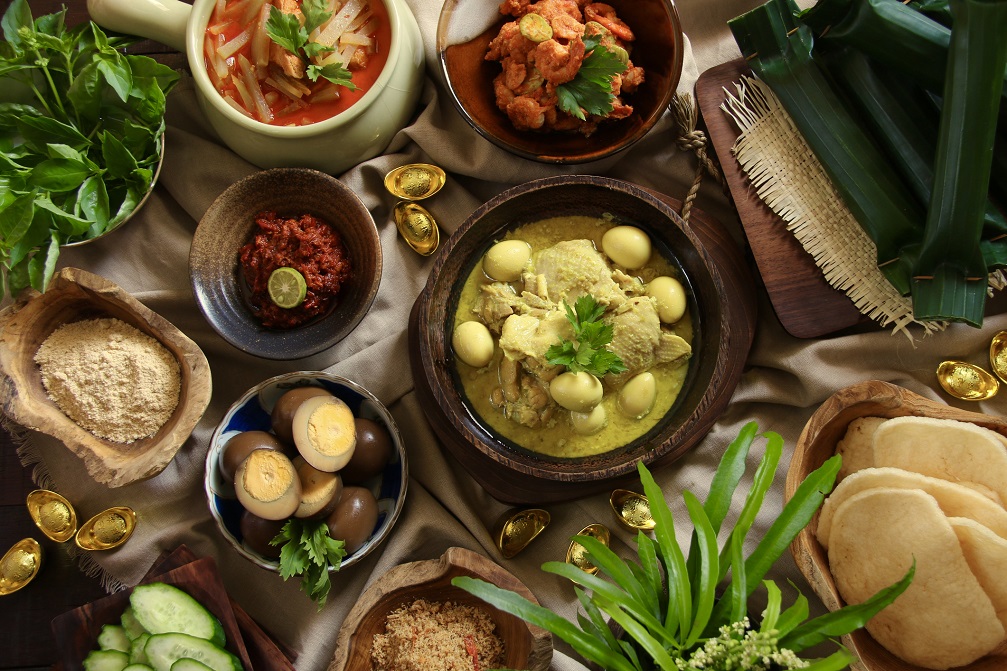


Due to Indonesia’s ethnic diversity, not one cooking style and ingredient combination can define Indonesian cuisine. Cuisine in Indonesia is unique to the meals enjoyed by more than 300 ethnic groups living in the country, so the kind of food you find in the country varies by region.
One thing that is similar about Indonesian meals is the fusion of sweet and sour ingredients that contribute zest and flavour, the array of colours and that rice is often the staple of a dish.
Indonesia is rich in vegetables, spices and tropical fruits because of the volcanic soil and humid climate. Dried seasonings like cumin seeds, coriander seeds, nutmeg and cloves are used for most dishes. Tamarind and lime add a tangy flavour, while ginger, galangal, pandan, turmeric and shallots add a heavenly aroma.
The country’s national dish is nasi goreng (fried rice), stir-fried rice with kecap manis (a thick sweet soy sauce), chilli, shallot, garlic and tamarind. Egg and meats like chicken as well as seafood like prawns and salted, dried fish are included.
Krupuk (deep-fried crackers) and Tempeh (caked fermented soybeans deep-fried, steamed or grilled) are two other meals Indonesians adore.
For those with a sweet tooth, there are plenty of out-of-this-world confectionaries in Indonesia. My favourite is the country is eis cendol. It consists of cendol (jellies made from flour—either mung bean or rice—and coloured green with pandan essence) topped with tropical fruit, coconut milk, shaved ice and palm sugar syrup.
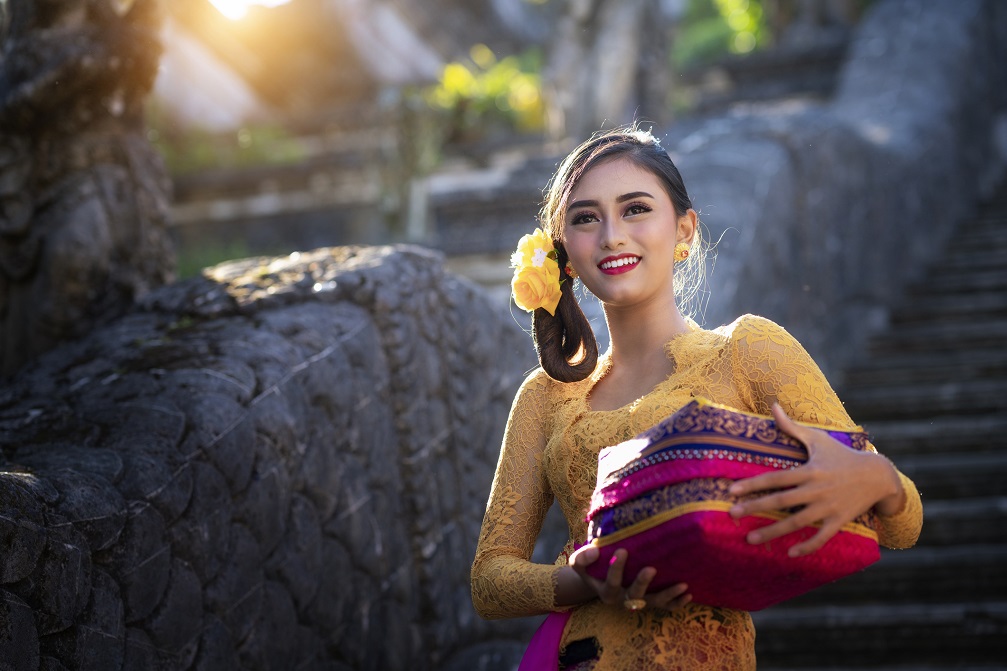


Indonesia has a large population of devout people, so modest clothes are highly encouraged.
Women should avoid shorts and shirts that expose their shoulders, cleavage, and knees. Pants, long skirts, and dresses that reach below the knee are the way to go. Although some Muslim women wear headscarves (kerudung, jilbab, or hijab), foreign women are not required.
Men can wear shorts in the cities, but when venturing beyond, wear pants and long-sleeved shirts.
Depending on the time of year you visit and the activities you undertake in Indonesia, this is the ideal dress code:
- Dry season: light, breathable clothing is best because it can get hot and humid. Hats and sunglasses will serve you well for beach days and walks around the cities.
- Wet season: the weather can be warm even though it’s raining, so heavy jackets aren’t necessary. Instead, you will need a sweater or jersey for cool mornings and evenings.
- For mountain hikes: warm clothes since the temperature drops with the increasing altitude.
- For any season or activity: a good pair of sandals and comfortable walking shoes.
Nudity on beaches is strictly forbidden.
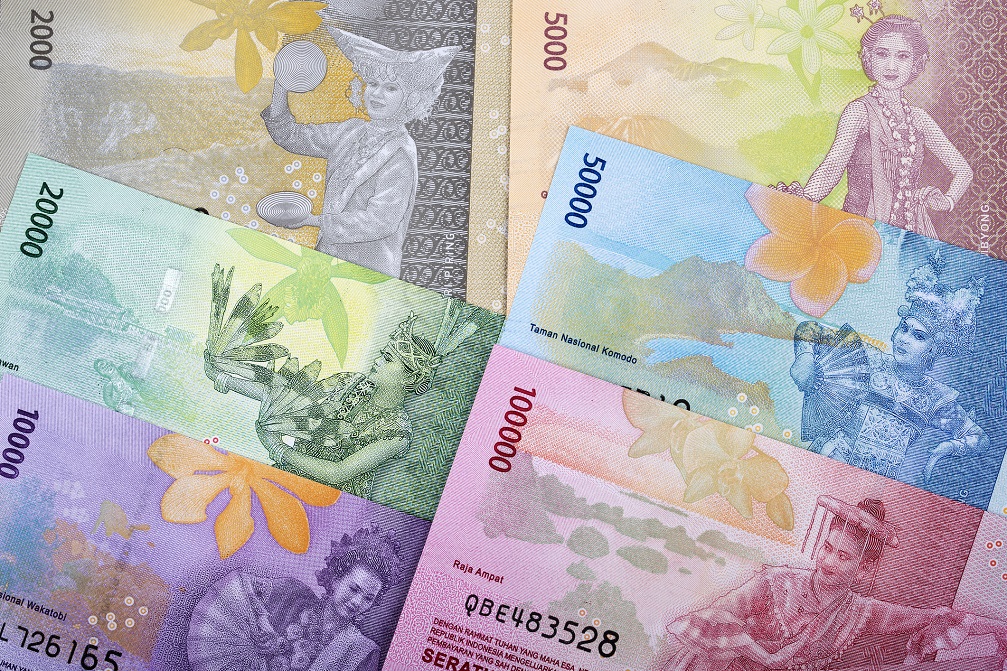


Indonesia’s currency is Rupiah (IDR). Banknotes range in denominations of 1000 to 100000 IDR while coins of 1000 to 50 IDR.
You can exchange your foreign currency for Rupiah at banks and authorized exchange offices at most tourist resorts. Before venturing to remote areas and small towns, changing your money into the local currency is advised.
Most international debit and credit cards are accepted in Indonesia’s major cities like Bali and Jakarta, tourist areas, large restaurants and stores, and hotels. Visa and MasterCard are the most widely accepted.
ATMs can be found throughout Indonesia’s major cities. Before inserting your cards in an ATM, make sure there is a Cirrus, Maestro, or Plus logo. Cirrus and Maestro are associated with MasterCard, while Plus is associated with Visa.
It’s a good idea to carry cash, especially when visiting remote areas, small cities, and traditional markets. There may not be ATM, and vendors may only accept cash for purchases.
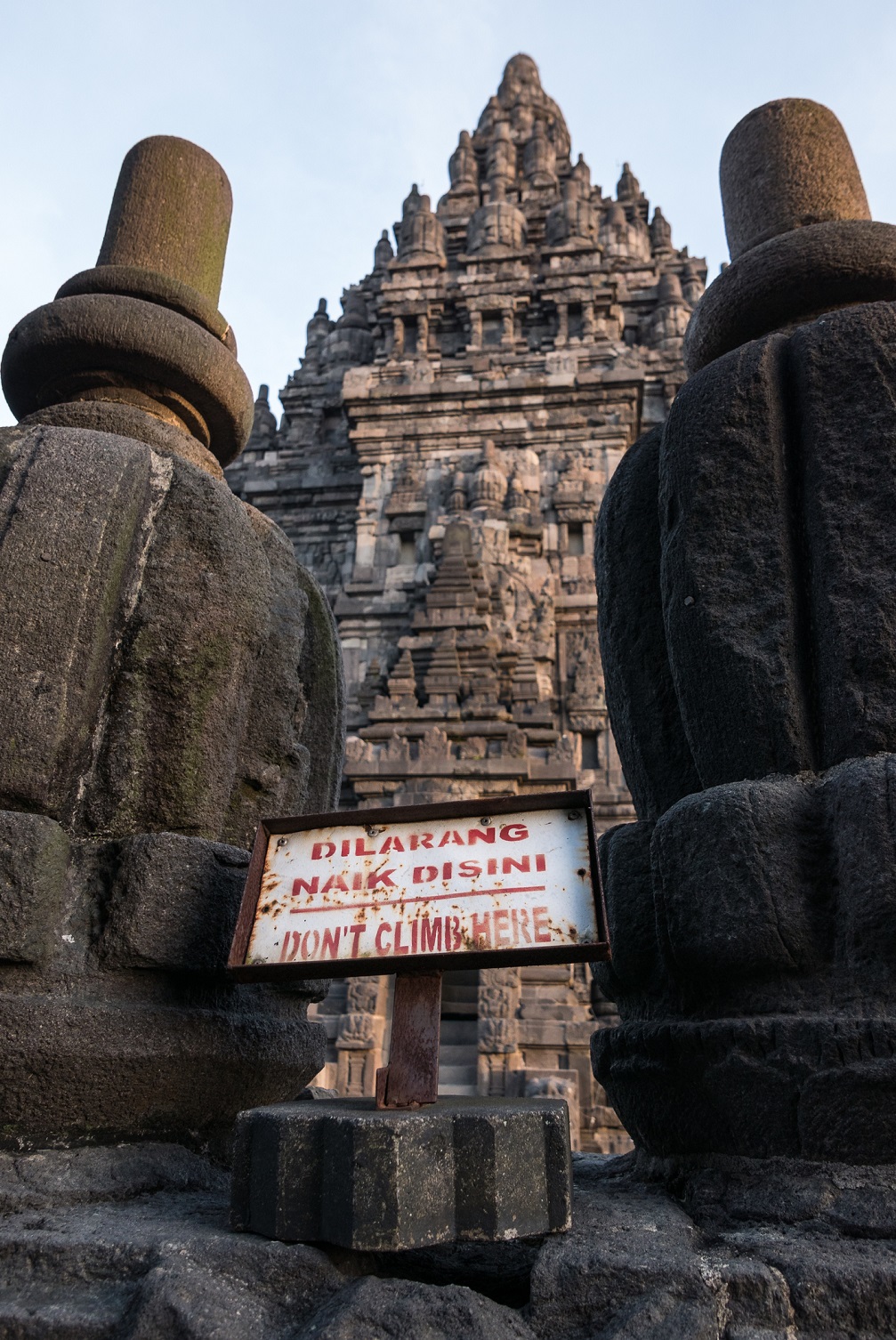


Indonesian (or Bahasa Indonesia) is the official and national language of Indonesia. It’s the medium of communication, teaching in schools, and electronic and digital media broadcasts.
English is not widely spoken, especially in remote areas and small cities. In major cities like Jakarta, Batam, and Bali, locals understand English and can carry on basic conversations. Hotel, resort, and airline staff can speak English as well.
Indonesian is similar in style to Malay (the language spoken in Singapore and Malaysia). Still, it has a specific idiom and vocabulary variances.
Besides Indonesian, there are other languages and dialects spoken by locals specific to their ethnicities (more than double the 300 ethnic groups). Most languages belong to the Austronesian (Malayo-Polynesian) family.
Javanese and Sudanese are two of the widely spoken languages on some of the islands. Some Chinese dialects like Hokkien are spoken by Chinese communities in Indonesia.
Knowing some basic phrases and words in Indonesian can make your trip even better, and locals will appreciate the effort. Here are some useful phrases and words (note that the letters are pronounced just as in English):
- Good Morning – Selamat Pagi
- Good Day – Selamat Siang
- Good Afternoon – Selamat Sore
- Good Evening/Good Night – Selamat Malam
- Excuse me – Permisi
- Sorry – Maaf
- Please – Silahkan
- Thank You – Terima Kasih
- Yes – Ya
- No – Tidak
- How much/many – Berapa
- How much is it (price)? = Berapa Harganya?
- Where is x = Dimana x
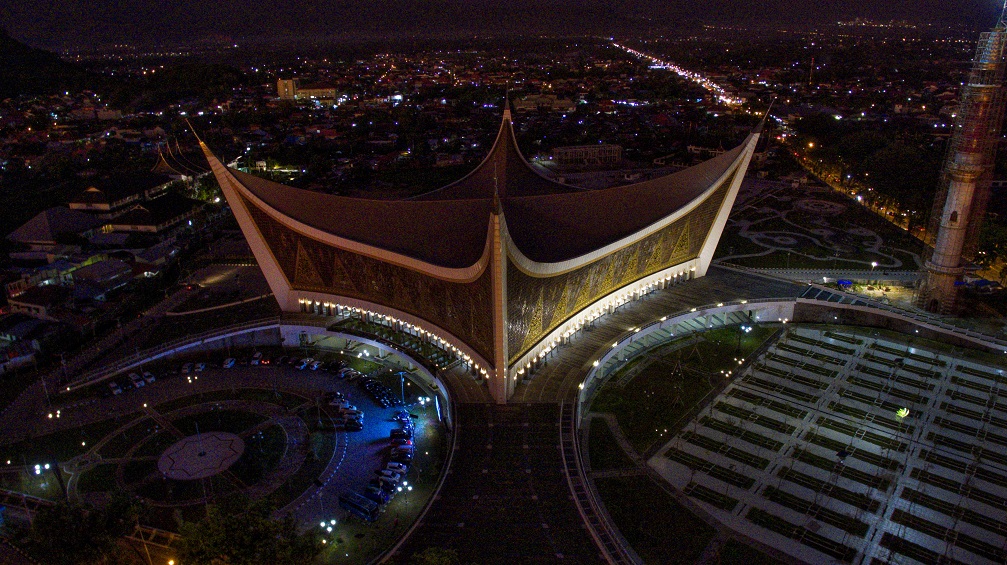


More than 300 ethnic groups call Indonesia home.
The country is at ethnic crossroads with Asians in the west and Melanesians in the east. So the majority of the population is related to East Asians, while most of the eastern islands are populated by Melanesians. Over the centuries, Arabs, Indians, and Europeans migrated to Indonesia, creating the blend of ethnicities present today.
Despite the differences in languages, dialects, traditions, and cultural practices, Indonesians are united by their national motto: ‘Bhinneka tunggal ika’ (‘Unity in diversity).
This motto signifies openness to other ethnic groups’ customs, traditions and religions, and inclusivity, two aspects inherent in Indonesians.
The different religions professed in Indonesia establish the diverse cultural practices and customs of Indonesians.
More than 80 percent of the population is Muslim. Christians are scattered around Indonesia, with Protestant and independent Christianity being more common and Roman Catholic accounting for a small group. Buddhism and Confucianism are unique to the Chinese communities in the cities, although some are of Christian faith. The dominant religion in Bali is Hinduism.
Indonesians are religious in nature and conservative people. They are inclined to be gentle and courteous because of their guiding philosophy of harmony existing in the different aspects of society, especially business and family. It’s believed that they are more productive if they work together.
Preserving face (the quality in Asian cultures that signifies honor, reputation, dignity, and influence) is of the utmost importance to Indonesians. They also appreciate the respect of others and recognition. If you are warm and friendly towards them and willing to share some of your time to chat or learn about the country, they will relay these gestures with kindness and possibly their friendship.
Elders are seen as the wisest of the population. They receive respect and recognition of their opinions from those younger than them, so the same would be expected of visitors. It’s common for Indonesians to use respectful phrases or bow when speaking to someone older than them.
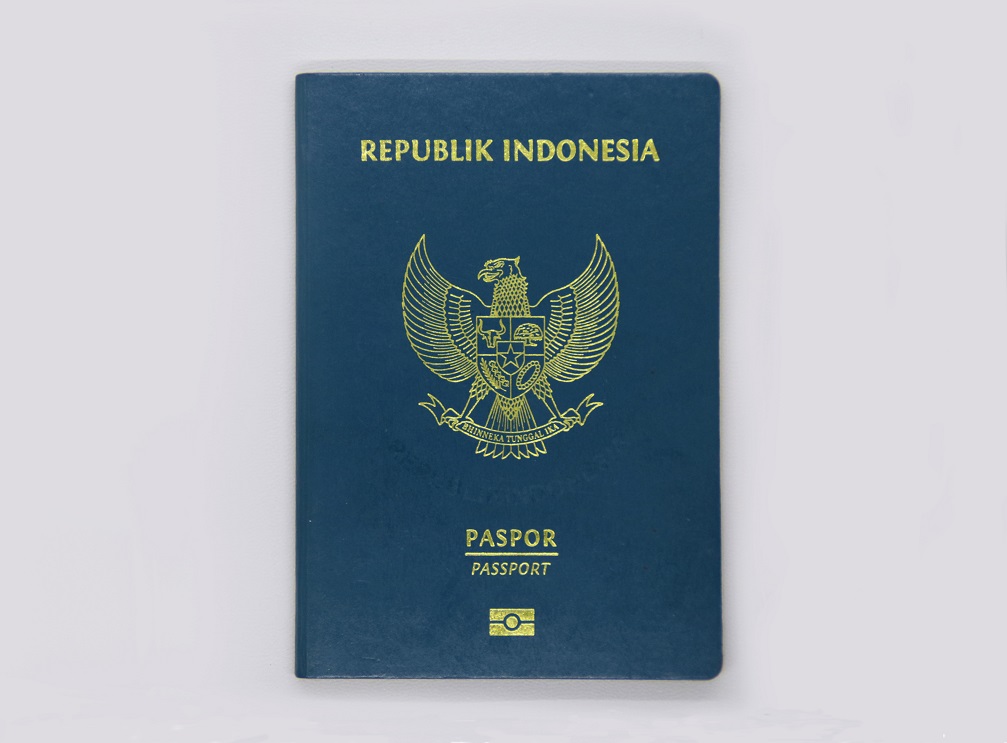


For stays up to thirty days, British nationals don’t require a visa. If you intend to stay longer (up to a maximum of sixty days), you will have to apply for a visa before you travel or on arrival at the airport.
To apply for a visa before your travels, you must submit your application online via the Indonesian embassy’s eVisa system. Handwritten visa applications are no longer accepted. This visa has a validity of thirty days, with the option of extending once for thirty more days. Make sure to extend your visa within the first thirty days of your stay to avoid a fine.
Your passport should have a validity of six months at a minimum from the date of your departure from Indonesia. You will also be required to provide proof of onward travel, like a return or onward flight ticket. Make sure to make a booking for a return or onward flight ticket before you travel to Indonesia.
Applying for a visa online or on arrival in Indonesia isn’t an option available for holders of special British passports (BN(O), British Overseas Citizen, British Subject, etc.). You must apply for a visa before traveling to Indonesia by sending a written request to the Indonesian embassy.
Overstaying your visa isn’t a matter to be taken lightly. Visitors can be detained or fined 1 million Rupiah per day and kept from leaving the country until the fine is paid. If you overstay a 60-day visa, you will be detained with the possibility of imprisonment.
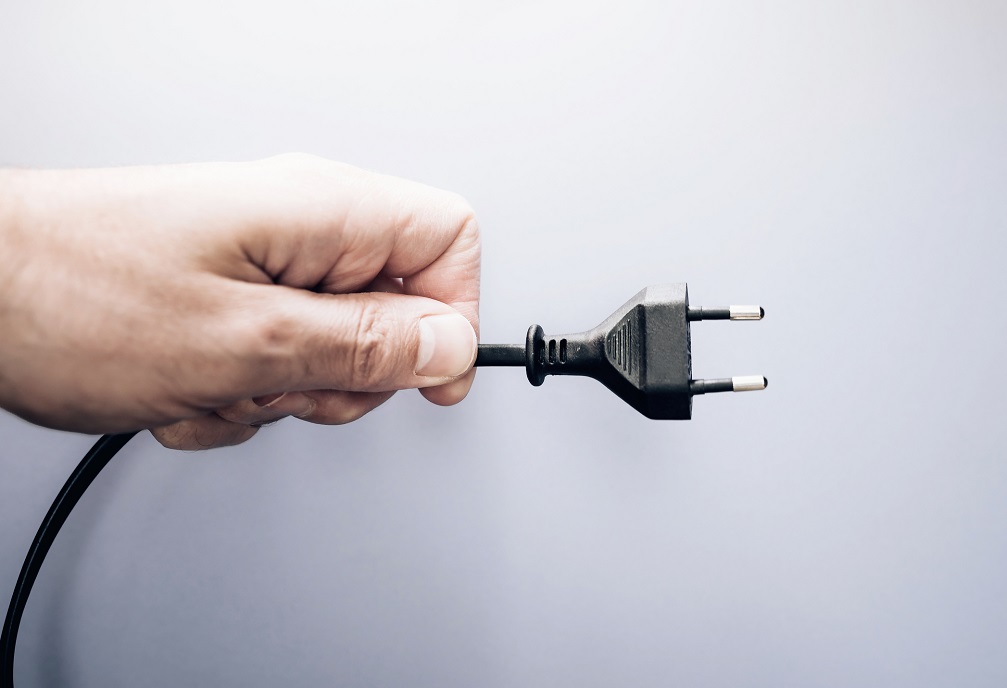


The kind of plug used in Indonesia is Type C (circular, with two rounded pins). It’s recommended you bring along a universal adapter (make sure it has surge protection) and a convertor from hairdryers and hot tools.
The standard voltage of Indonesia is 230V, and the standard frequency is 50Hz.



The idyllic island of Bali and the bustling capital city, Jakarta, are renowned amongst travelers and are some of the first destinations you may hear about. Still, there is more to the island nation.
Not only is Indonesia the largest country in Southeast Asia, but it also contains thousands of islands.
There are smaller cities and villages where it can almost feel like time stands still; pristine white sand beaches and turquoise seas fringing the outskirts of the islands like Lombok and Flores that are ideal for lounging on the beach; and several (if not countless) possibilities to learn about the countries diverse culture and history.
The multiethnic and multicultural locals of Indonesia are a highlight of the country too. A little friendliness towards them goes a long way.



Indonesia is situated beyond the shoreline of mainland Southeast Asia. It’s the bridge between the Asian and Australian continents and stands at the crossroad of the Indian and Pacific Oceans. It’s neighboured by Malaysia north of Borneo and Papua New Guinea in the center of New Guinea.
Indonesia is the largest archipelago in the world, made up of 17 thousand islands, of which over seven thousand are unpopulated. The landscapes of the different islands bear slight contrasts. Below ground, they are characterized by deep-sea trenches and volcanic mountain chains.
The Greater Sunda Islands, which consists of Java, Southern Borneo, Sumatra, and Celebes (Sulawesi), features hilly plains, mountains covered in forestry, and narrow coastlines. A belt of volcanoes runs through the center of Java. About 50 cones are active, and around 20 volcanoes have erupted since the beginning of the twentieth century.
Jakarta, the capital city of Indonesia, is located in the north-western area of Java.
The Lesser Sunda Islands (Nusa Tenggara) of Bali and the islands east of Timor are smaller and less populated than the Greater Sunda Islands. They feature some active volcanoes, mountainous landscapes, impressive beaches, and sublime rice fields. Deep-sea trenches dominated by several coral reefs form a boundary in the west and south of these islands.
Indonesia doesn’t have large rivers like mainland Southeast Asia. Instead, there are short rivers that flow from the mountains to the sea and a few lakes. The most renowned lake is Toba in the northern regions of Sumatra. Celebes has some deep, widespread lakes as well.



Indonesia has a tropical climate resulting from the surrounding warm waters, islands’ geographical structures, and position beside the equator and between the Asian and Australian landmass.
Inland and mountain areas experience temperatures averaging 26°C (79°F), coastal temperatures average 28°C (82°F), and the highlands have average temperatures of 23°C (73°F).
Generally, the greater the elevation, the colder it is.
There are low daylight hour and temperature variations from season to season. Humidity on the islands can be anywhere from 70 per cent to 90 per cent, depending on the region.
Two seasons dominate in Indonesia: dry and wet. These seasons vary significantly in duration, occurrence and scale per region.
Sumatra and Kalimantan have no dry season. Central Java and the Lesser Sunda Islands have more pronounced dry seasons. The most accurate dry season is from June to October, but this can vary with changing climate conditions in the island nation.
Rainfall can be sporadic during the wet season. It’s affected by the neighbouring Asian and Australian continent. Also, it varies by the proximity of a region to the equator. South of the equator, the rainy season is from November to April, while north of the equator, from May to October. In Sumatra and Kalimantan, the perpetual rainfall eases during July and August.
Visiting Indonesia during the dry season is ideal since there is little chance of rain. Outdoor activities like scuba diving and hiking are more pleasant. If you want to get a good deal on accommodation and flights, visiting during the wet season is prime. There will be fewer crowds at tourist attractions during this time as well.



Due to Indonesia’s ethnic diversity, not one cooking style and ingredient combination can define Indonesian cuisine. Cuisine in Indonesia is unique to the meals enjoyed by more than 300 ethnic groups living in the country, so the kind of food you find in the country varies by region.
One thing that is similar about Indonesian meals is the fusion of sweet and sour ingredients that contribute zest and flavour, the array of colours and that rice is often the staple of a dish.
Indonesia is rich in vegetables, spices and tropical fruits because of the volcanic soil and humid climate. Dried seasonings like cumin seeds, coriander seeds, nutmeg and cloves are used for most dishes. Tamarind and lime add a tangy flavour, while ginger, galangal, pandan, turmeric and shallots add a heavenly aroma.
The country’s national dish is nasi goreng (fried rice), stir-fried rice with kecap manis (a thick sweet soy sauce), chilli, shallot, garlic and tamarind. Egg and meats like chicken as well as seafood like prawns and salted, dried fish are included.
Krupuk (deep-fried crackers) and Tempeh (caked fermented soybeans deep-fried, steamed or grilled) are two other meals Indonesians adore.
For those with a sweet tooth, there are plenty of out-of-this-world confectionaries in Indonesia. My favourite is the country is eis cendol. It consists of cendol (jellies made from flour—either mung bean or rice—and coloured green with pandan essence) topped with tropical fruit, coconut milk, shaved ice and palm sugar syrup.



Indonesia has a large population of devout people, so modest clothes are highly encouraged.
Women should avoid shorts and shirts that expose their shoulders, cleavage, and knees. Pants, long skirts, and dresses that reach below the knee are the way to go. Although some Muslim women wear headscarves (kerudung, jilbab, or hijab), foreign women are not required.
Men can wear shorts in the cities, but when venturing beyond, wear pants and long-sleeved shirts.
Depending on the time of year you visit and the activities you undertake in Indonesia, this is the ideal dress code:
- Dry season: light, breathable clothing is best because it can get hot and humid. Hats and sunglasses will serve you well for beach days and walks around the cities.
- Wet season: the weather can be warm even though it’s raining, so heavy jackets aren’t necessary. Instead, you will need a sweater or jersey for cool mornings and evenings.
- For mountain hikes: warm clothes since the temperature drops with the increasing altitude.
- For any season or activity: a good pair of sandals and comfortable walking shoes.
Nudity on beaches is strictly forbidden.



Indonesia’s currency is Rupiah (IDR). Banknotes range in denominations of 1000 to 100000 IDR while coins of 1000 to 50 IDR.
You can exchange your foreign currency for Rupiah at banks and authorized exchange offices at most tourist resorts. Before venturing to remote areas and small towns, changing your money into the local currency is advised.
Most international debit and credit cards are accepted in Indonesia’s major cities like Bali and Jakarta, tourist areas, large restaurants and stores, and hotels. Visa and MasterCard are the most widely accepted.
ATMs can be found throughout Indonesia’s major cities. Before inserting your cards in an ATM, make sure there is a Cirrus, Maestro, or Plus logo. Cirrus and Maestro are associated with MasterCard, while Plus is associated with Visa.
It’s a good idea to carry cash, especially when visiting remote areas, small cities, and traditional markets. There may not be ATM, and vendors may only accept cash for purchases.



Indonesian (or Bahasa Indonesia) is the official and national language of Indonesia. It’s the medium of communication, teaching in schools, and electronic and digital media broadcasts.
English is not widely spoken, especially in remote areas and small cities. In major cities like Jakarta, Batam, and Bali, locals understand English and can carry on basic conversations. Hotel, resort, and airline staff can speak English as well.
Indonesian is similar in style to Malay (the language spoken in Singapore and Malaysia). Still, it has a specific idiom and vocabulary variances.
Besides Indonesian, there are other languages and dialects spoken by locals specific to their ethnicities (more than double the 300 ethnic groups). Most languages belong to the Austronesian (Malayo-Polynesian) family.
Javanese and Sudanese are two of the widely spoken languages on some of the islands. Some Chinese dialects like Hokkien are spoken by Chinese communities in Indonesia.
Knowing some basic phrases and words in Indonesian can make your trip even better, and locals will appreciate the effort. Here are some useful phrases and words (note that the letters are pronounced just as in English):
- Good Morning – Selamat Pagi
- Good Day – Selamat Siang
- Good Afternoon – Selamat Sore
- Good Evening/Good Night – Selamat Malam
- Excuse me – Permisi
- Sorry – Maaf
- Please – Silahkan
- Thank You – Terima Kasih
- Yes – Ya
- No – Tidak
- How much/many – Berapa
- How much is it (price)? = Berapa Harganya?
- Where is x = Dimana x



More than 300 ethnic groups call Indonesia home.
The country is at ethnic crossroads with Asians in the west and Melanesians in the east. So the majority of the population is related to East Asians, while most of the eastern islands are populated by Melanesians. Over the centuries, Arabs, Indians, and Europeans migrated to Indonesia, creating the blend of ethnicities present today.
Despite the differences in languages, dialects, traditions, and cultural practices, Indonesians are united by their national motto: ‘Bhinneka tunggal ika’ (‘Unity in diversity).
This motto signifies openness to other ethnic groups’ customs, traditions and religions, and inclusivity, two aspects inherent in Indonesians.
The different religions professed in Indonesia establish the diverse cultural practices and customs of Indonesians.
More than 80 percent of the population is Muslim. Christians are scattered around Indonesia, with Protestant and independent Christianity being more common and Roman Catholic accounting for a small group. Buddhism and Confucianism are unique to the Chinese communities in the cities, although some are of Christian faith. The dominant religion in Bali is Hinduism.
Indonesians are religious in nature and conservative people. They are inclined to be gentle and courteous because of their guiding philosophy of harmony existing in the different aspects of society, especially business and family. It’s believed that they are more productive if they work together.
Preserving face (the quality in Asian cultures that signifies honor, reputation, dignity, and influence) is of the utmost importance to Indonesians. They also appreciate the respect of others and recognition. If you are warm and friendly towards them and willing to share some of your time to chat or learn about the country, they will relay these gestures with kindness and possibly their friendship.
Elders are seen as the wisest of the population. They receive respect and recognition of their opinions from those younger than them, so the same would be expected of visitors. It’s common for Indonesians to use respectful phrases or bow when speaking to someone older than them.



For stays up to thirty days, British nationals don’t require a visa. If you intend to stay longer (up to a maximum of sixty days), you will have to apply for a visa before you travel or on arrival at the airport.
To apply for a visa before your travels, you must submit your application online via the Indonesian embassy’s eVisa system. Handwritten visa applications are no longer accepted. This visa has a validity of thirty days, with the option of extending once for thirty more days. Make sure to extend your visa within the first thirty days of your stay to avoid a fine.
Your passport should have a validity of six months at a minimum from the date of your departure from Indonesia. You will also be required to provide proof of onward travel, like a return or onward flight ticket. Make sure to make a booking for a return or onward flight ticket before you travel to Indonesia.
Applying for a visa online or on arrival in Indonesia isn’t an option available for holders of special British passports (BN(O), British Overseas Citizen, British Subject, etc.). You must apply for a visa before traveling to Indonesia by sending a written request to the Indonesian embassy.
Overstaying your visa isn’t a matter to be taken lightly. Visitors can be detained or fined 1 million Rupiah per day and kept from leaving the country until the fine is paid. If you overstay a 60-day visa, you will be detained with the possibility of imprisonment.



The kind of plug used in Indonesia is Type C (circular, with two rounded pins). It’s recommended you bring along a universal adapter (make sure it has surge protection) and a convertor from hairdryers and hot tools.
The standard voltage of Indonesia is 230V, and the standard frequency is 50Hz.
Travel related news, information and inspirational articles and videos for travellers booking flights or holidays to Indonesia. Ask questions about travel in Indonesia and get answers from Indonesia experts
NEWS
Inspiration, Information and Travel Guides
MEET THE Indonesia EXPERTS
If you are looking to book a holiday to Indonesia or needs some help and advice planning travel to Indonesia then contact one of the UK based independent travel agents that specialise in Indonesia itineraries.
FEATURED VIDEOS
Your Travel Questions Answered
Ask any travel related question and get an answer from one of our experts that will provide you with an answer from their personal experience
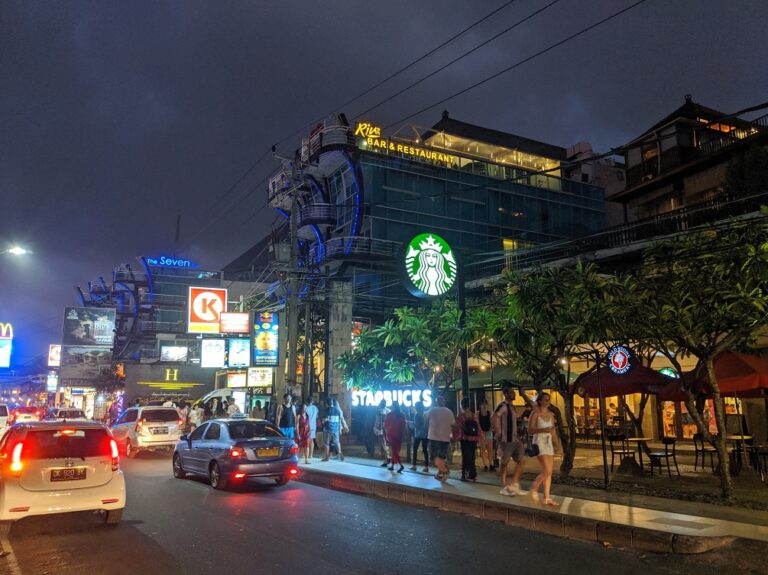

I’ll be traveling to Bali in 2 months’ time, but I am unsure how we’ll be getting around. I’ve heard that Bali traffic can be a nightmare, is it possible to hire a car for the duration of our stay?
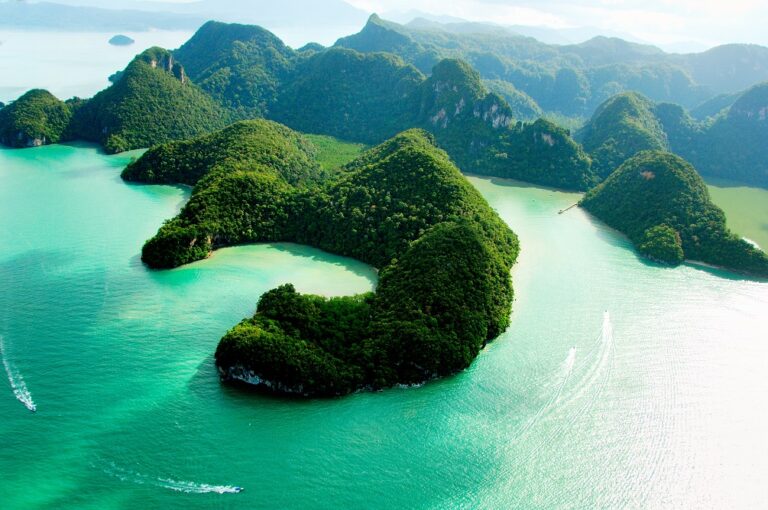

My friends and I are looking for the perfect tropical island destination in South East Asia. None of us have been to this part of the world yet, so we are hoping to get some good island recommendations which have plenty to offer in terms of recreational activities and sightseeing.
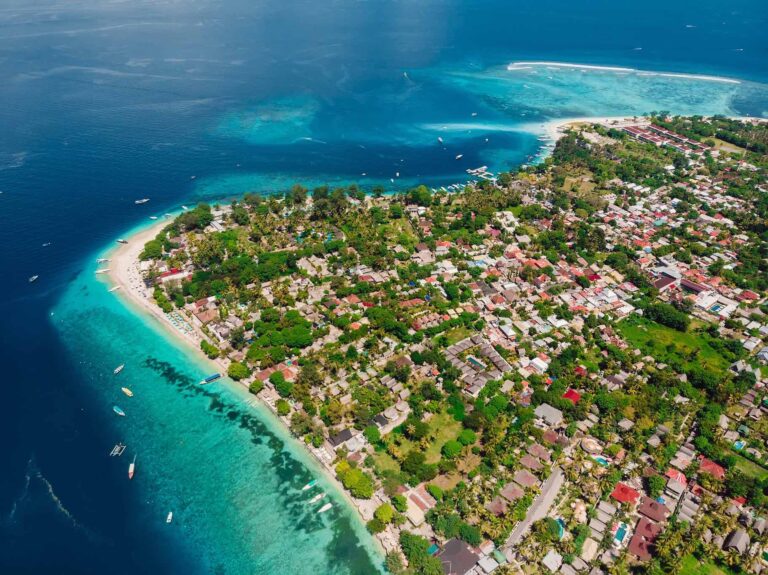

We are a group of British digital nomads currently in Bali and planning to visit the Gili Islands. We keep hearing from people that we need to cash out on mainland Bali as there are no ATMs on the Gili Islands. Is this true? Can I find ATMs on the Gili Islands in Indonesia?
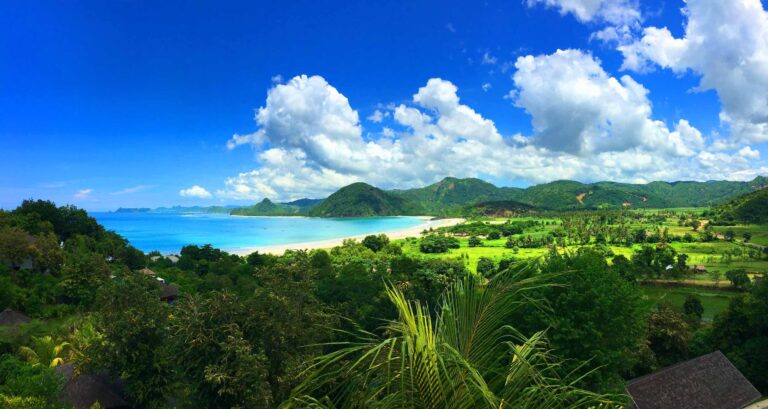

We are a British couple getting married this October 2021 and we are planning our honeymoon for next year. We want to book our tickets and hotels for Indonesia already. What would you recommend as a destination for a honeymoon in Indonesia? Is Bali or Lombok better for couples on a honeymoon?
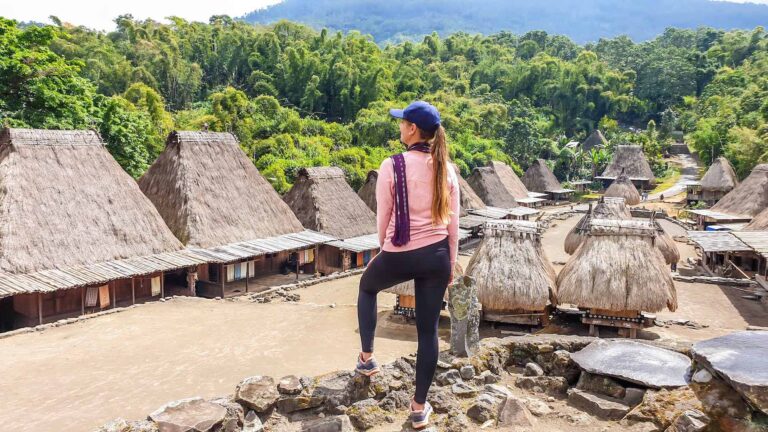

We are a British couple travelling to Bali and other parts of Indonesia for the first time. We have just booked our flights and tour package with a travel agency in the UK. We figured out we have 4 extra days free. We want to experience the local culture of Indonesia. Is it possible to visit indigenous tribes in Indonesia?





